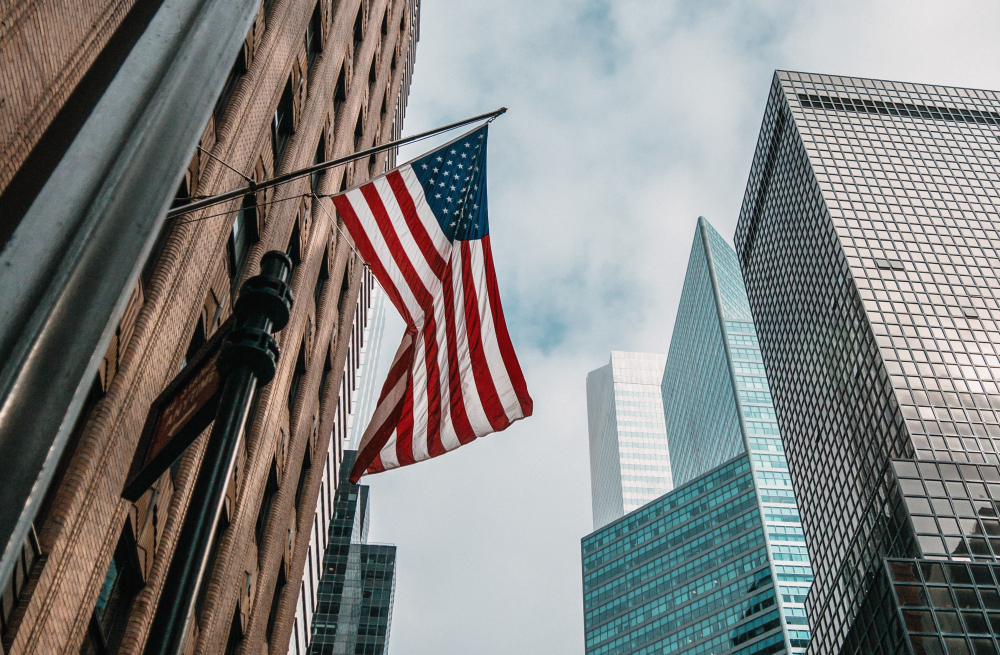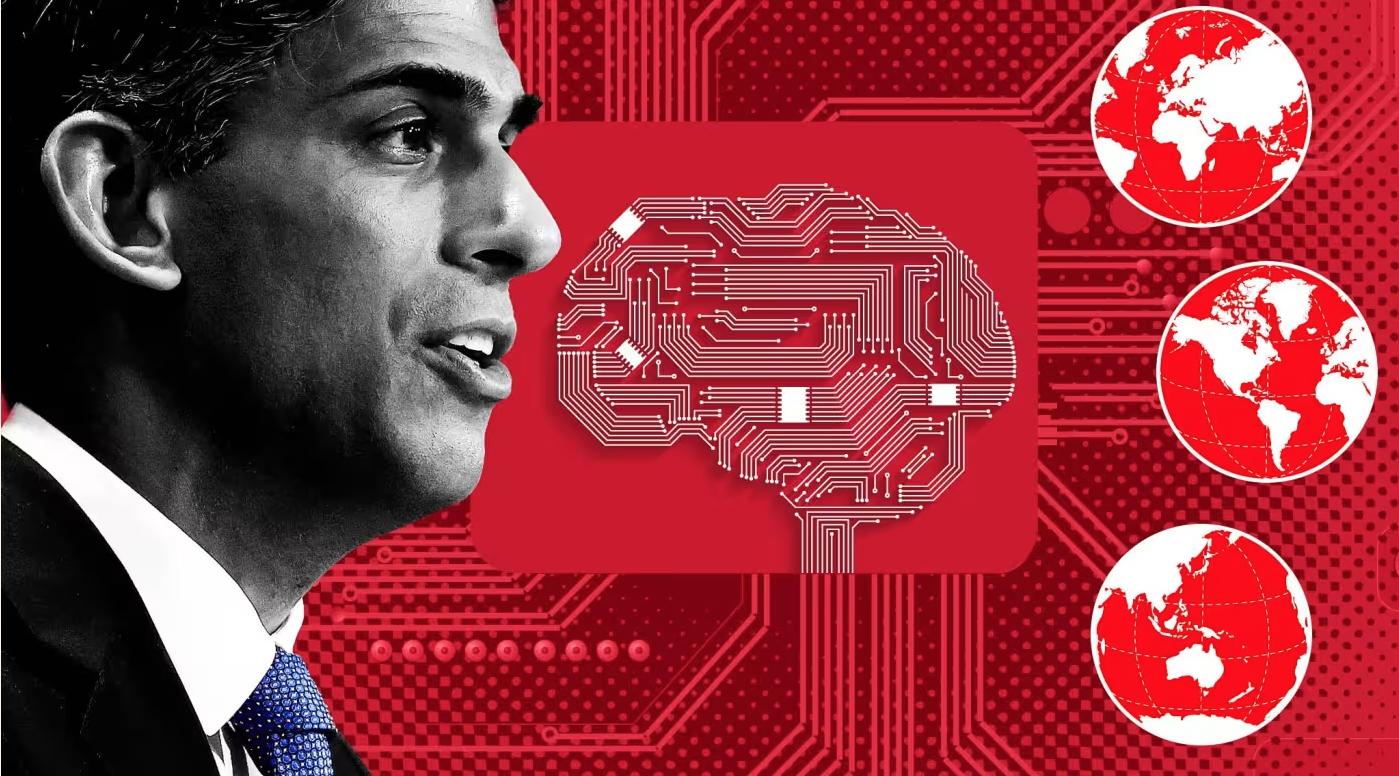A stark warning from Deutsche Bank suggests that America’s economic resilience hangs on the sustainability of AI spending—and the outlook is increasingly uncertain
The artificial intelligence revolution may be the only thing standing between the United States and recession, according to a sobering new analysis from Deutsche Bank that has sent ripples through Wall Street. In a research note that challenges the narrative of broad-based economic recovery, the German financial giant argues that without the massive wave of AI-related capital expenditure, the American economy would already be teetering on the brink.
“AI machines—in quite a literal sense—appear to be saving the US economy right now,” wrote George Saravelos, Deutsche Bank’s global head of research, in a note to clients. His conclusion is as simple as it is alarming: absent the tech sector’s extraordinary spending spree on artificial intelligence infrastructure, the nation would be close to or already in recession this year.
The Infrastructure Illusion
What makes this analysis particularly striking is not just the scale of AI investment, but its nature. The economic boost isn’t coming from revolutionary AI applications transforming productivity across industries. Instead, it’s driven by the construction phase—the building of data centers, the installation of specialized computing hardware, and the development of power infrastructure needed to support AI’s voracious energy appetite.
In essence, the economy is being propped up by the promise of AI rather than its delivery. Companies are spending hundreds of billions building the factories that will manufacture AI capability, while the actual economic returns from deployed AI systems remain largely theoretical.
Estimates suggest AI capital expenditure has reached staggering heights, with Goldman Sachs calculating that spending totaled over 368 billion dollars through August alone. The concentration is so extreme that Saravelos suggested Nvidia, the chip manufacturer supplying the critical hardware for AI systems, may currently be carrying the weight of U.S. economic growth on its shoulders.
A Market Distorted
The AI boom’s impact extends beyond GDP figures into the heart of American financial markets. The stock market’s performance this year tells a tale of two economies. While the S&P 500 has surged nearly 14 percent, the equal-weighted version of the index has gained less than eight percent. The difference? The Magnificent Seven tech stocks, whose fortunes are intimately tied to AI spending and revenue.
Roughly half of the S&P 500’s gains this year have been driven by these technology giants. Earnings expectations for 2026 show the same troubling pattern: all upward revisions come from the Magnificent Seven, while projections for the remaining 493 companies in the index have remained flat or declined.
This concentration has created what some analysts describe as dramatic overexposure. Equity investors are effectively making an outsized bet on AI’s success, with limited diversification should that bet turn sour.
The Revenue Gap
The sustainability question becomes even more pressing when examining the mathematics of AI economics. A separate report from consulting firm Bain & Company projects that by 2030, the AI industry will need to generate two trillion dollars in annual revenue to fund the computing power required to meet anticipated demand. Even accounting for AI-driven efficiency gains and cost savings, the analysis identifies an 800 billion dollar shortfall.
This gap raises fundamental questions about the business model underlying the AI revolution. Can applications generate sufficient value to justify the extraordinary infrastructure investments being made today? Or are companies building capacity that will never achieve adequate returns?
The Parabolic Problem
Deutsche Bank’s warning hinges on a mathematical reality: for tech spending to continue supporting economic growth at current levels, investment would need to maintain its parabolic trajectory. Saravelos’s assessment is blunt: this is highly unlikely.
The laws of economics and corporate finance eventually assert themselves. No sector can sustain exponential spending growth indefinitely, particularly when the revenue justification remains uncertain. As investment growth inevitably slows, its contribution to GDP growth will diminish, potentially leaving the broader economy exposed.
The challenge is compounded by the broader economic picture. Outside the tech sector, the American economy shows signs of weakness. Consumer spending faces headwinds from persistent inflation and higher interest rates. Manufacturing activity has contracted. The labor market, while still relatively strong, has shown signs of cooling.
In this context, the AI boom has functioned as a critical crutch, masking underlying fragilities in the economic structure. What happens when that support is removed remains an open and uncomfortable question.
Diverging Views
Not everyone on Wall Street shares Deutsche Bank’s pessimism. Goldman Sachs struck a more optimistic tone in a recent note, projecting that AI-driven productivity gains could boost GDP by roughly 0.4 percent annually over the next several years, with cumulative gains of 1.5 percent over the long term as adoption spreads across the economy.
This view reflects the traditional economic theory that transformative technologies ultimately justify their cost through productivity improvements. Historical precedents like electricity, computers, and the internet all required massive upfront infrastructure investment before delivering broad economic benefits.
The question is one of timing and magnitude. Will AI deliver transformative productivity gains quickly enough to justify current spending levels? Or will there be a painful gap between investment and returns?
The Unasked Questions
Beyond the immediate economic implications, Deutsche Bank’s analysis raises deeper questions about the sustainability of the current technology-driven growth model. If a single sector’s capital spending is essential to avoiding recession, what does that say about the health of the broader economy?
The concentration of economic growth in a narrow band of technology companies may reflect innovation and dynamism, but it also represents a significant vulnerability. Economies built on diversified growth tend to be more resilient than those dependent on a single sector or narrative.
There are also questions about what comes next. If the AI boom does deflate or simply normalize, what will replace it as a driver of growth? The broader economy would need to strengthen substantially to compensate for any slowdown in tech investment.
A Waiting Game
For now, the AI spending continues, supported by a combination of competitive pressure, genuine technological excitement, and fear of being left behind. Major technology companies have committed to hundreds of billions in additional investments, with some partnerships reaching into the hundreds of billions individually.
But warning signs are accumulating. Predictions that 99 percent of current AI companies won’t survive suggest a shakeout is coming. Questions about energy availability, regulatory constraints, and talent shortages all threaten to slow the pace of investment.
The U.S. economy finds itself in a peculiar position: reliant on the continued expansion of an investment cycle that many observers believe is unsustainable. It’s a high-stakes game of musical chairs, with significant implications for employment, market values, and economic stability.
Whether the AI boom represents the foundation of a new era of productivity and growth, or a speculative bubble waiting to burst, remains perhaps the most consequential economic question of our time. Deutsche Bank’s warning suggests that policymakers, investors, and business leaders should prepare for both possibilities.
The answer may determine not just the fate of technology stocks, but the trajectory of the American economy itself.




